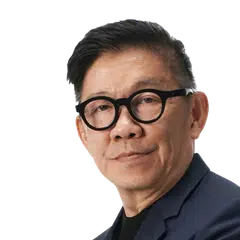The man who makes Chanel sparkle – and his secret to selling happiness, one quilted bag at a time
Sign up now: Get ST's newsletters delivered to your inbox

Chanel presented its Cruise 2025/26 collection at Raffles Hotel, on Nov 4.
ST PHOTO: GIN TAY
Follow topic:
SINGAPORE – It is a humid Tuesday afternoon at Raffles Hotel, and Mr Bruno Pavlovsky – the Frenchman steering Chanel’s global fashion empire – is talking about the future.
He has just flown into Singapore for the restaging of the Chanel Cruise 2025/26 show, a collection that first dazzled audiences six months ago at Villa d’Este, the sun-soaked jewel on Italy’s Lake Como.
After more than a decade, the French luxury brand is back with a major show in the Lion City. The question is: Why here, and why now?
“We’re super happy to be back,” says Chanel’s president of fashion with a smile, his composure offsetting the buzz of anticipation around him.
For Mr Pavlovsky, 63, the decision was both emotional and strategic. The easy glamour and sense of lightness of the collection – now available in Chanel boutiques – found a natural echo in the tropical elegance of Raffles Hotel.
“Like Villa d’Este, Raffles also has the same light, the same energy,” he adds.
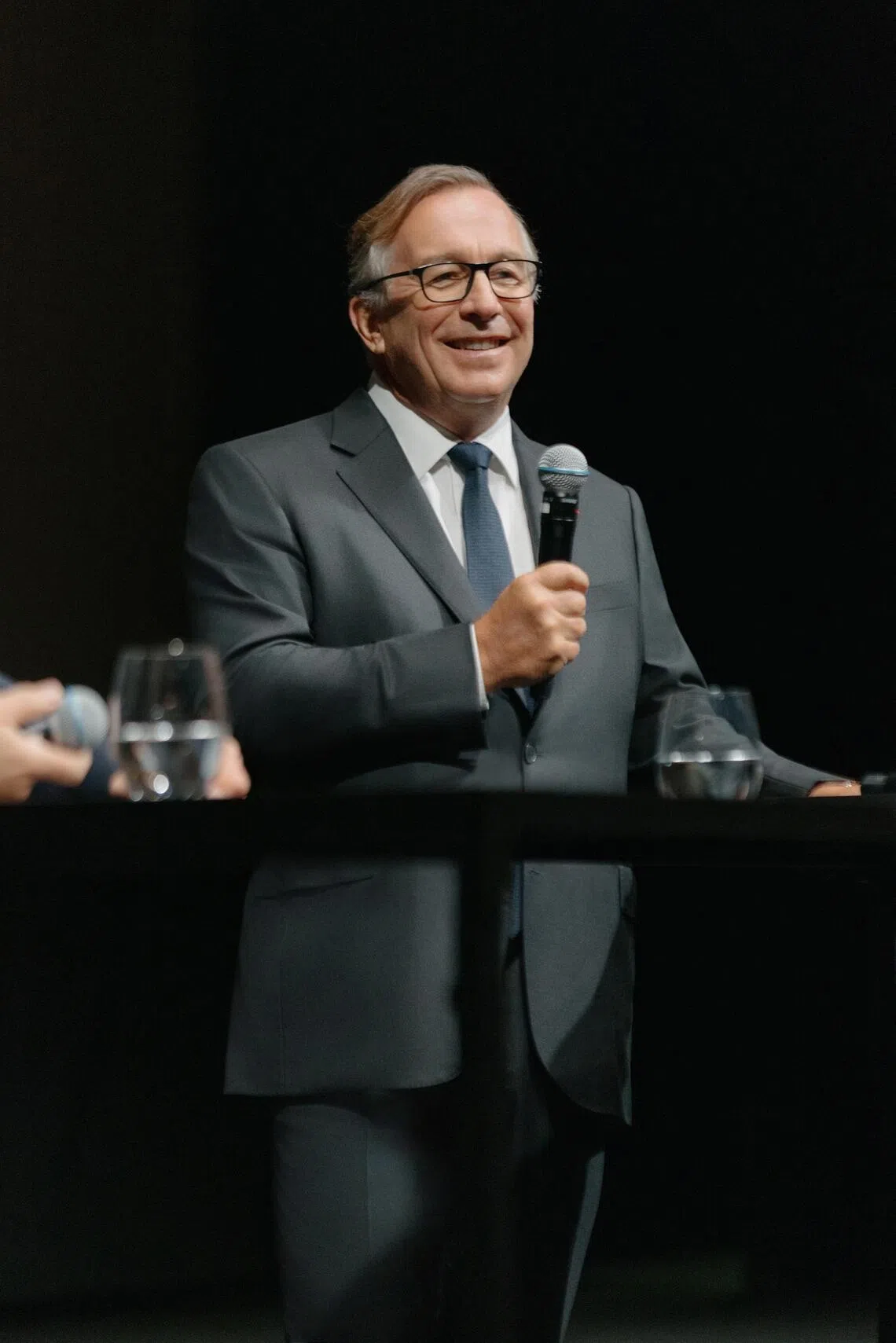
Besides steering Chanel, Mr Bruno Pavlovsky is also president of the Federation de la Haute Couture et de la Mode, the governing body of French fashion.
PHOTO: CHANEL
But more than just atmosphere, this return marks a deliberate reconnection with a discerning audience and a market that has long mattered to Chanel.
With the renovation of its Ngee Ann City boutique, the opening of a new shoe store at Ion Orchard and the revamping of its Marina Bay Sands boutique, Chanel is doubling down on its commitment to the region.
“For us, it was the right moment to do something strong here,” says Mr Pavlovsky.
That “something strong” is more than a fashion show. It is the public unveiling of a new chapter for one of fashion’s most storied houses. And for many, the most visible symbol of this new era is the arrival of creative director Matthieu Blazy, who officially came on board in April 2025 after the departure of Virginie Viard.

The Chanel Cruise 2025/26 show at the Raffles Hotel is the luxury house's first major show in Singapore after more than a decade.
PHOTO: CHANEL
The appointment of the 41-year-old wunderkind – credited with breathing new life into Italy’s Bottega Veneta – sent ripples through the fashion world. He becomes only the fourth person ever to lead Chanel’s creative vision, following in the footsteps of its founder Coco Chanel, the late Karl Lagerfeld, who reigned for 36 years, and Viard, who succeeded him in 2019.
The French-Belgian designer’s debut collection for the maison, unveiled in Paris in October 2025, was hailed as a triumph.
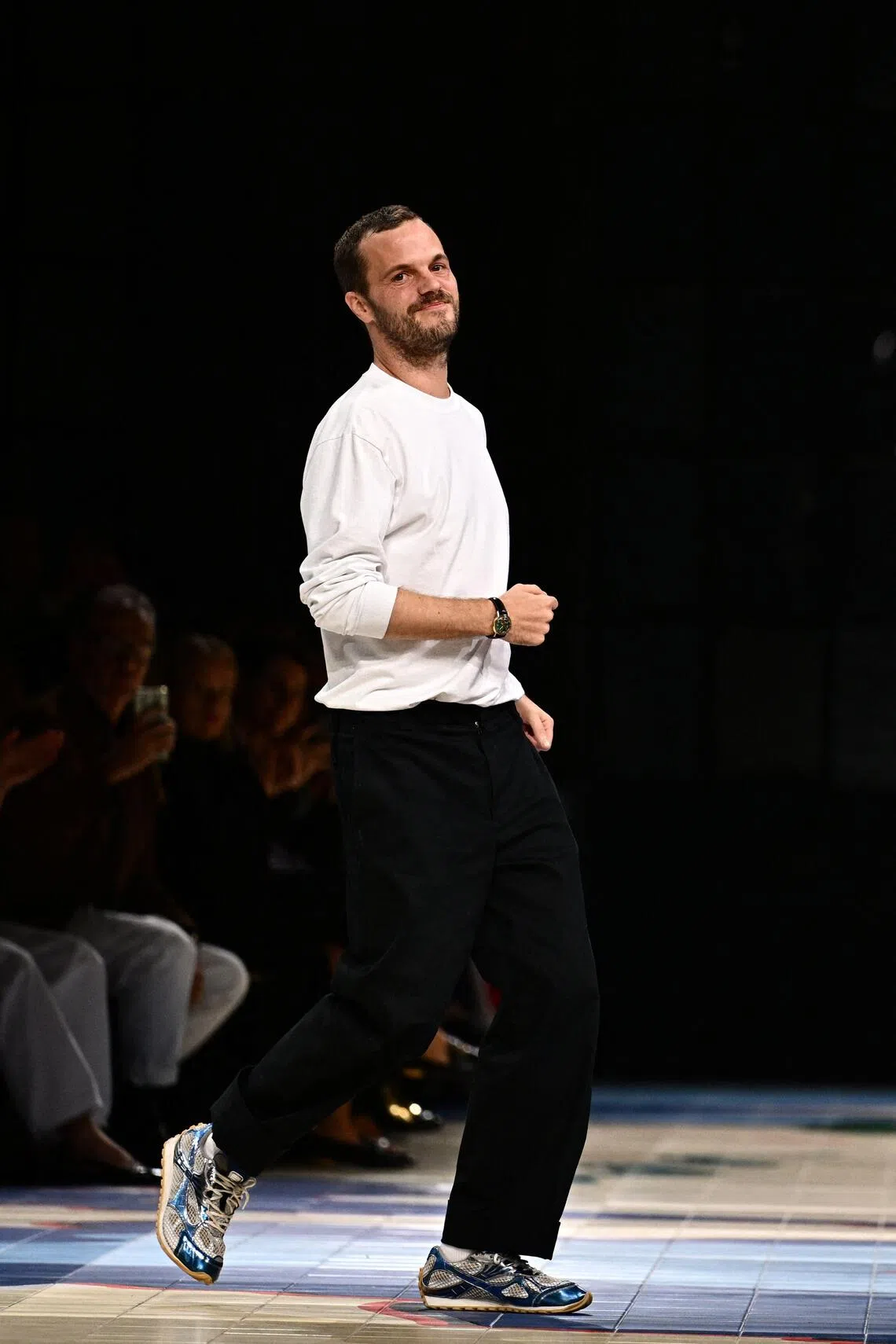
Chanel designer Matthieu Blazy took the helm in December 2024 after the departure of Virginie Viard.
PHOTO: AFP
Vogue Business called it “a galaxy beyond the expectations for Chanel”. Critics praised him for honouring the house’s enduring codes – such as tweed, camellias and quilting – while breathing into them a modern, fluid energy that felt entirely his own.
Still, Mr Pavlovsky is quick to note that this new chapter is bigger than one man.
“It’s the impulse, the sparkle that we need.” he says. “But it’s also a new cycle, after Karl and Virginie. The brand is ready to open the doors for new eyes, a new vision and a new energy.”
New era
This new energy is about a “strong orchestration” that extends from the runway to the boutique. It is about engaging customers on a deeper level, making the arrival of each of the 10 yearly collections an event in itself.
Finding the right person to lead this charge was not a decision he rushed.
“We took our time,” Mr Pavlovsky says, the hint of a smile playing on his lips. “We started working on it a few years ago, trying to forecast, to imagine… who would be the right one.”
When he finally spoke with Blazy, the connection was immediate.
“From our very first phone call, our first meeting… we were ready – Chanel, myself, Matthieu – to collaborate.”
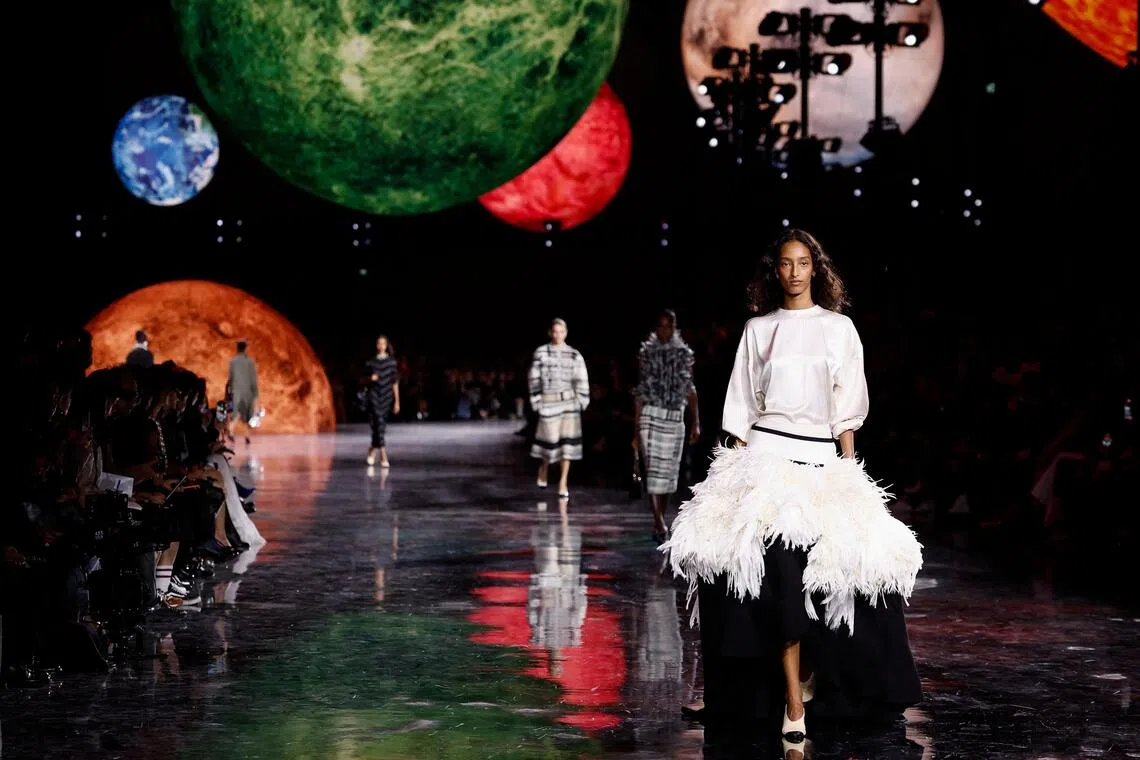
A model presents a creation by designer Matthieu Blazy as part of his Spring/Summer 2026 Women’s ready-to-wear collection show for Chanel during Paris Fashion Week in Paris, France, on Oct 6.
PHOTO: REUTERS
What sealed the deal was not just the designer’s creative brilliance.
“Talent is mandatory,” Mr Pavlovsky says, his voice even, “but it’s not enough.”
In an industry often driven by ego, he found in Blazy a creative director who placed the brand – and its clients – first.
“Many designers think first about themselves, their career, their next step, their next creative journey,” he says. “With Matthieu, it was different. We were completely aligned on the product.”
That selflessness and devotion to the maison above all else reflect Mr Pavlovsky’s own philosophy. A discreet yet commanding presence, he has been Chanel’s steady hand for more than three decades, the corporate anchor to its creative flight.
Today, he stands among the most influential figures in luxury fashion. As president of the Federation de la Haute Couture et de la Mode, the governing body of French fashion, his role extends beyond Chanel, shaping not just a brand, but also the direction of an entire industry.
He speaks with warmth and reverence about his long partnership with German visionary Lagerfeld, describing it as a “permanent dialogue” that shaped both the creative and business sides of the house.
“I learnt a lot just by observing how he worked and listened. Karl would ask thousands of questions to understand the world, so even when he couldn’t travel, he was connected to everything and everyone.
“We used to say Chanel doesn’t happen only on Rue Cambon,” adds Mr Pavlovsky, referring to the maison’s historic headquarters in Paris. “Chanel happens in every Chanel city. You have to stay connected.”
This collaborative spirit is central to his management style.
“Chanel is many people,” he insists. “Just in Paris, it’s thousands of people. The question is, how do you run the machine?”
His answer is to empower everyone – from the artisans in the ateliers to the sales associates in a Singapore boutique – to feel their contribution to the brand’s success.
“It’s not about one person being the lead or the designer. No, it’s about having all these people working together with the brand and for the brand.”
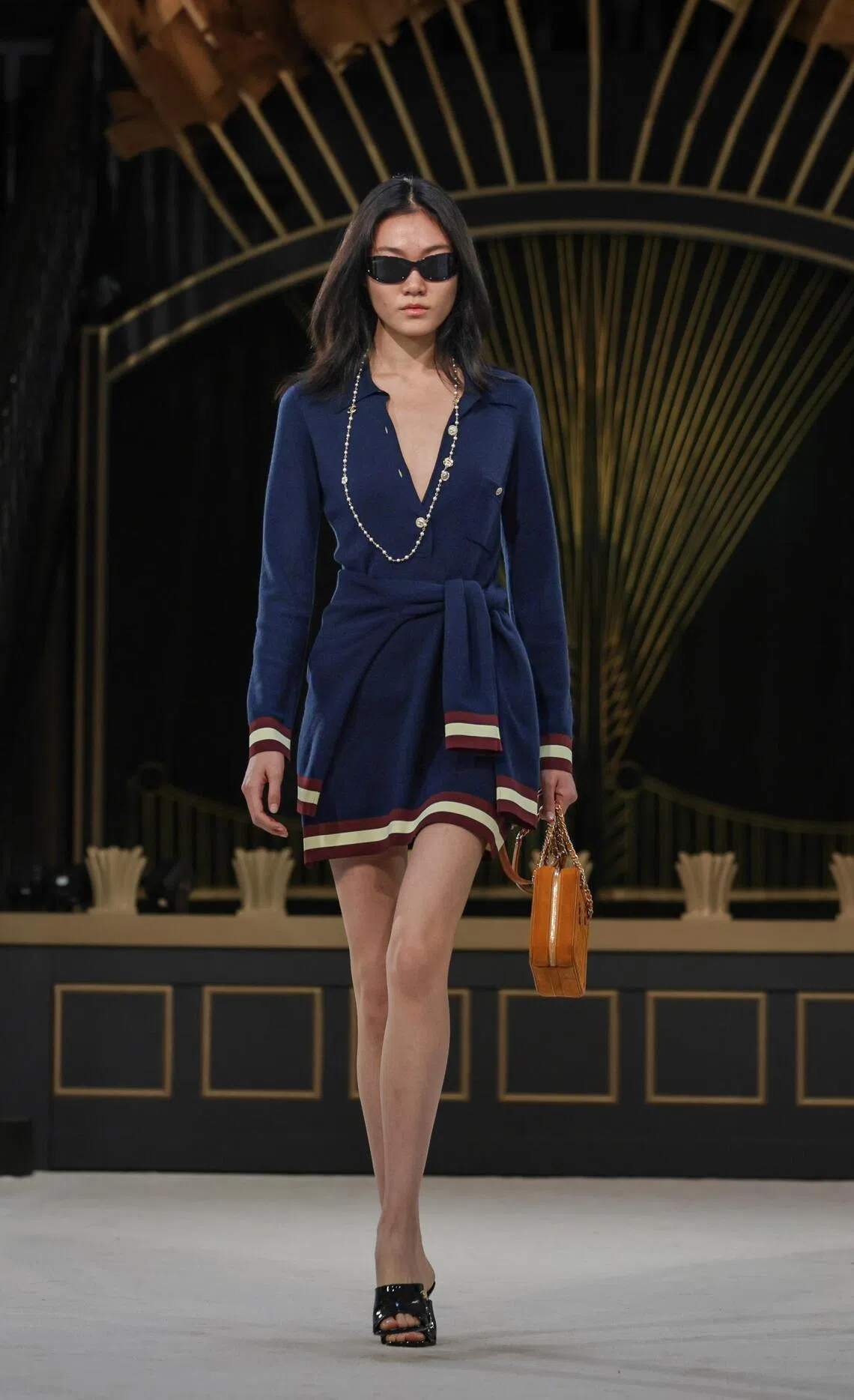
Chanel’s much-anticipated Cruise 2025/26 replica show is the first time in more than a decade the French luxury house has chosen Singapore for a major fashion show.
ST PHOTO: GIN TAY
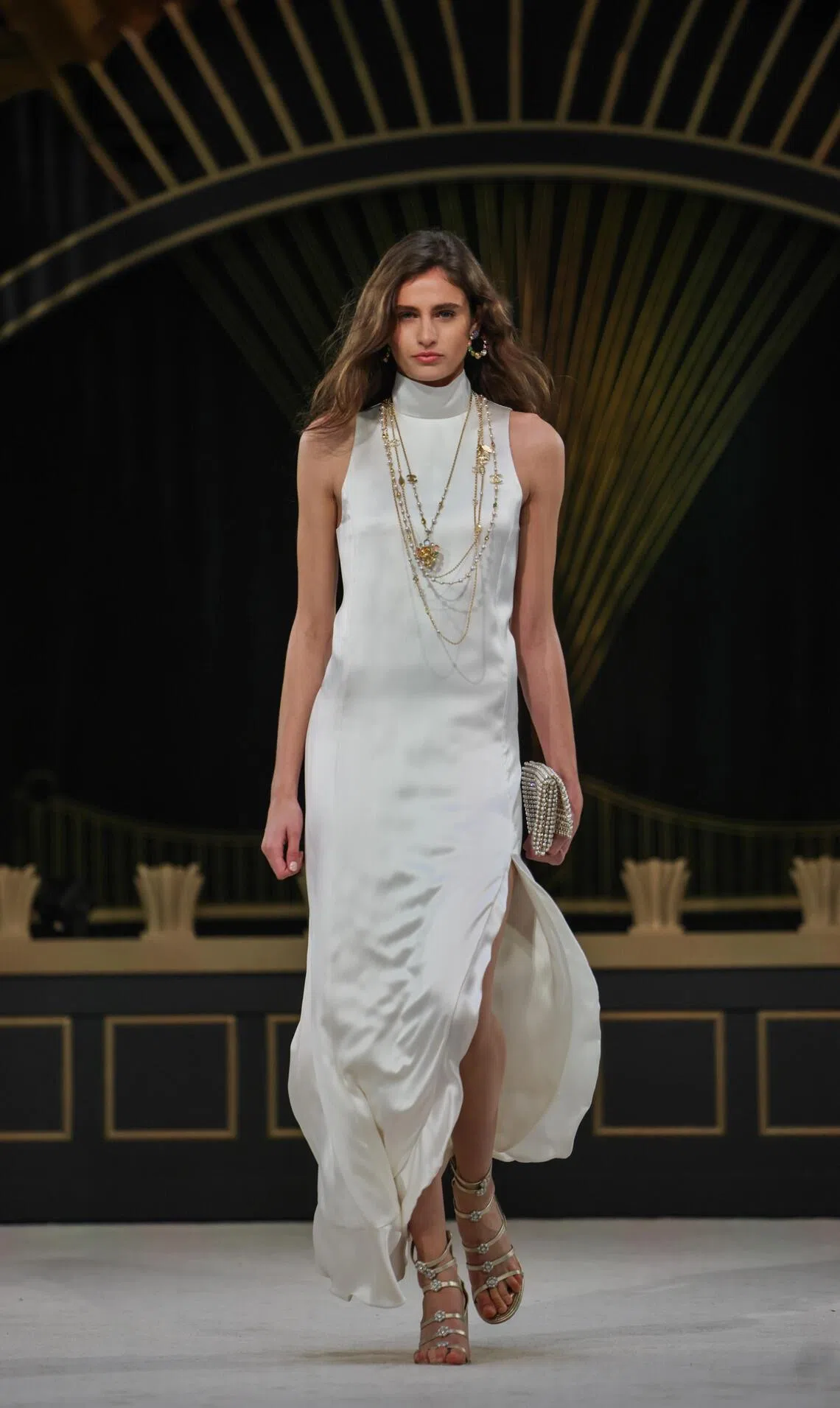
Chanel has carved out a singular path, often running counter to the prevailing winds of the luxury industry.
ST PHOTO: GIN TAY
Connection and sustainability
Under him, Chanel has carved out a singular path, often running counter to the prevailing winds of the luxury industry. While others have raced to embrace e-commerce, Chanel has famously stood its ground, choosing instead to protect the sanctity of the in-store experience.
“Chanel is more than a click,” he says firmly. “If you believe that a screen, a computer or a mobile phone can deliver a true client experience when your product costs $10,000 – it’s not the case.
“When you buy something of such value – I’m not talking monetary but emotional value – I want to be sure you really love what you’re buying. If you don’t touch it, if you don’t try it, it’s not an emotional investment.”
He adds: “We are not stupid. We have digital tools. We are connected with our clients, so it’s not about being not online. It’s about being online in the right way.”
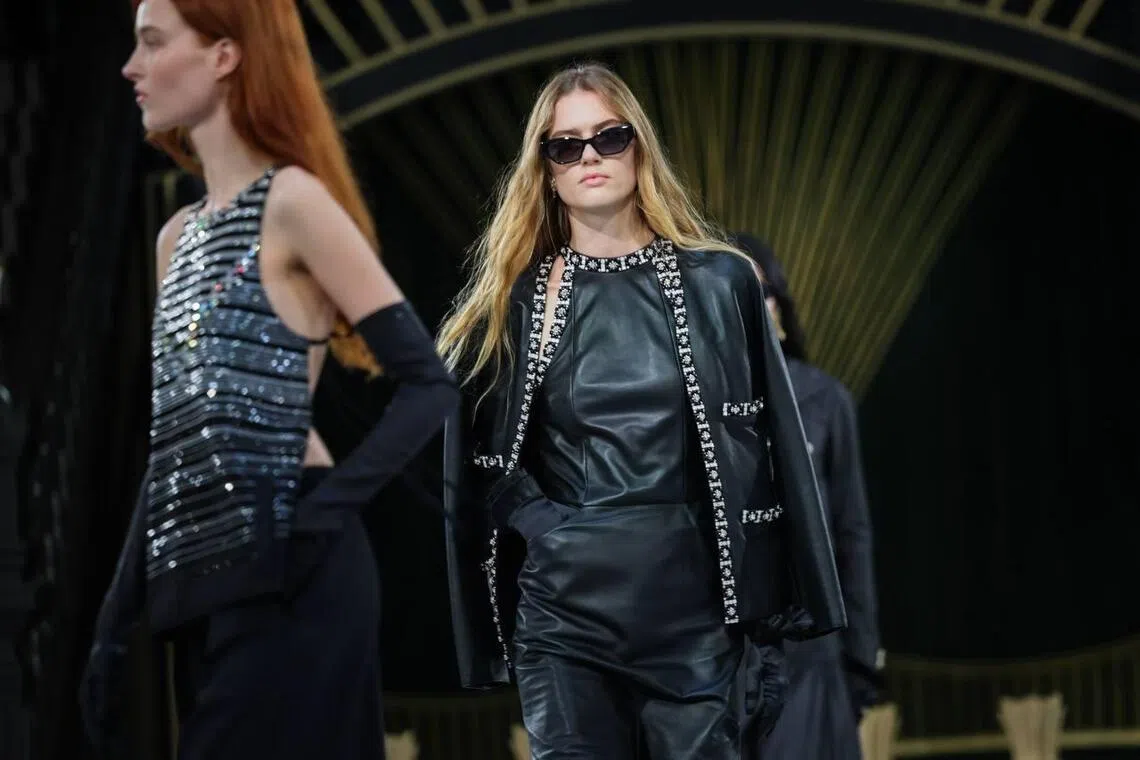
There were 65 looks at Chanel’s Cruise 2025/26 show held at Raffles Hotel.
ST PHOTO: GIN TAY
His vision also extends to sustainability. In an industry where the word is often reduced to marketing gloss, Chanel under Mr Pavlovsky has focused on the harder, less glamorous work of transforming its supply chain.
“We started 15, 20 years ago by investing first in the craft,” he explains.
Today, Chanel owns more than 50 manufacturers – from tanneries to cashmere producers – each operating at the forefront of sustainable practice.
He firmly believes this vertical integration ensures something rare in luxury: full traceability. “That,” he adds, “is the future of luxury.”
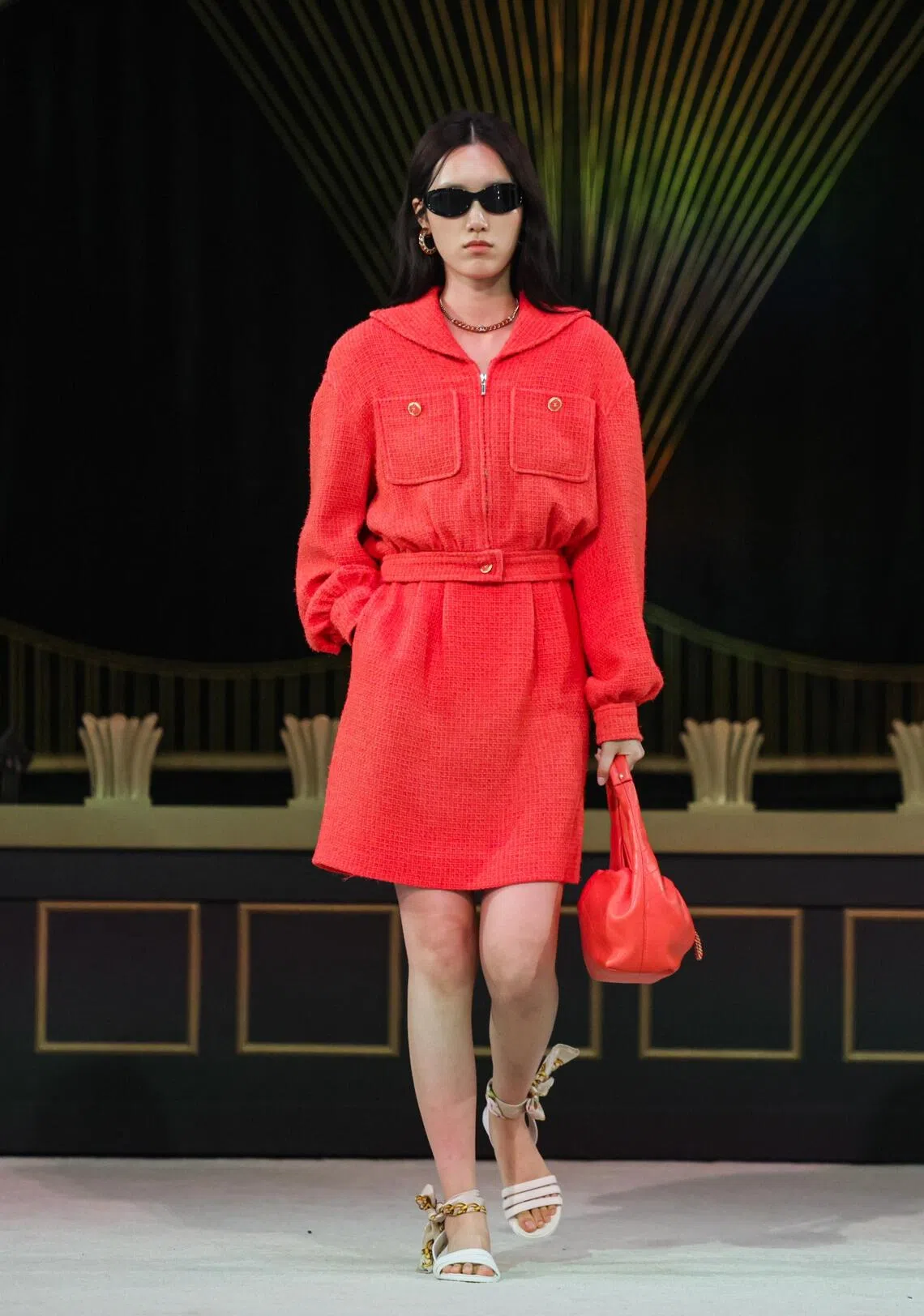
Chanel’s Cruise collections – often staged in exotic locales – began as a way to offer European clients a wardrobe suitable for winter travel, or to meet the needs of customers in warmer climates.
ST PHOTO: GIN TAY
Through its le19M complex – a striking five-storey glass-and-concrete structure in Paris’ 19th arrondissement – Chanel has built a living sanctuary for craft. Inside, more than 600 artisans keep alive the rare metiers that define haute couture and ready-to-wear: embroiderers, feather workers, goldsmiths, milliners, glove-makers and the ateliers whose names may be little known but whose handiwork is instantly recognisable.
Mr Pavlovsky does not flinch when asked about Chanel’s soaring prices. The house has roughly doubled them over the past decade.
“Yes, we are expensive. We’re more expensive than we were 15 years ago, and that’s part of the luxury world,” he says without apology.
But behind the price tags, he insists, lies the reality of rising costs.
“Our margins are not bigger than 10 years or 15 years ago, but the cost of our products is much higher – the cost of people, leather, everything,” he says, citing the expense of sourcing materials and manufacturing in France and Italy.
But the alternative – lower prices with compromised values – is unthinkable.
“I would rather have high prices but be super clean with the product than not to have high prices and not be super clean,” he says firmly. “We are expensive but proud of what we do and that’s the most important.”
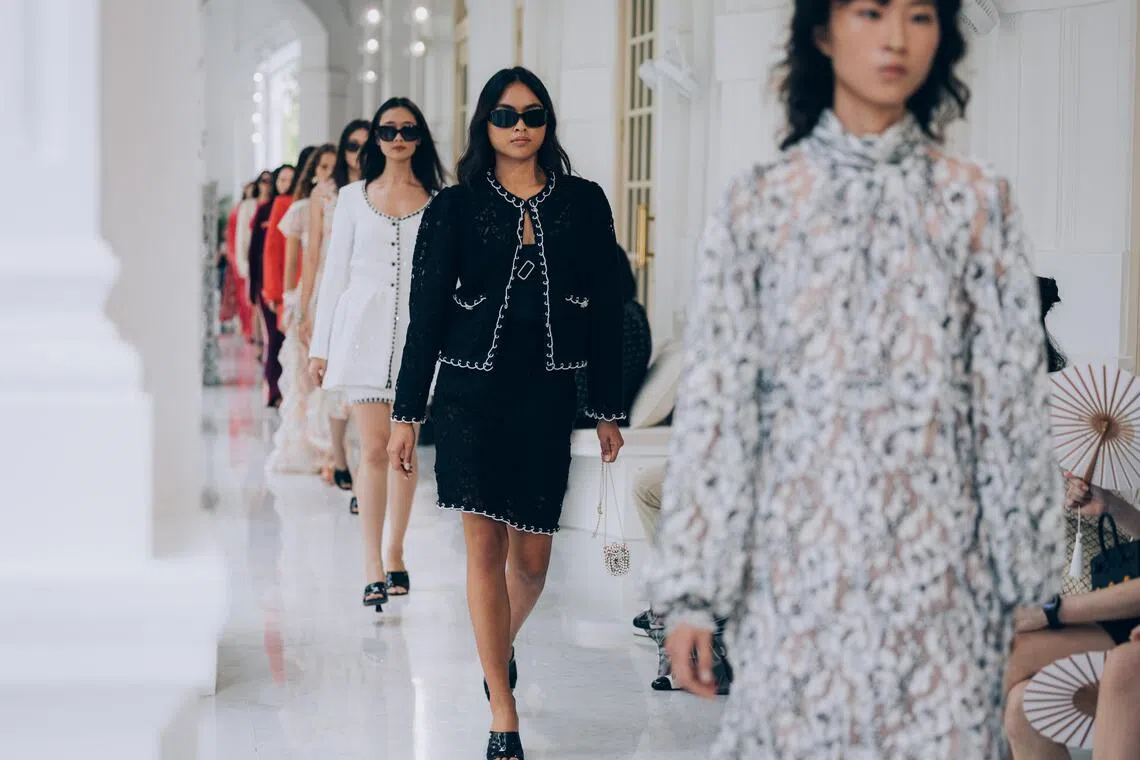
The Chanel Cruise 2025/26 at the Raffles is a restaging of the collection that first dazzled audiences six months ago at Villa d’Este in Italy.
PHOTO: CHANEL
His next big frontier is the circular economy. He speaks with passion about a new company Chanel has created, Nevold, dedicated to “circular innovation”. The goal is to create new materials from used or unsold products.
“We are able, from used or unsold products, to recreate threads that we reuse in new products,” he says, his eyes lighting up.
These are expensive but essential investments the planet cannot afford to skip, he says.
They have also developed machines that can dismantle a shoe or a bag into its component parts for reuse. “For me, that’s the next big step. Ten years from now, it will be one of our major supply sources.”
Recently honoured with the French Order of Merit, Mr Pavlovsky laughs off a question about what he might have done in an alternate universe.
“I could be a super tax guy… helping all the billionaires. But the only thing I can say is, if I am still at Chanel, it’s because I am happy with what I’m doing,” says the father of four adult children.
That happiness, it seems, is intertwined with the brand’s own. His goal is not just to preserve Chanel’s legacy, but also to make it thrive.
“If I preserve the legacy, I make money,” he says with a wry smile, distilling the delicate balance between heritage and commerce.
Ultimately, it all comes back to the client. When he sees someone on the street wearing Chanel, what does he see? Art? Commerce?
“No, I see people happy,” he says simply. “When I see so many people wearing Chanel, I hope they are doing that because they feel comfortable, they feel proud, they feel who they are.”
“Happiness,” he says, pausing for a moment, “is important in today’s world. It’s a real luxury.”

